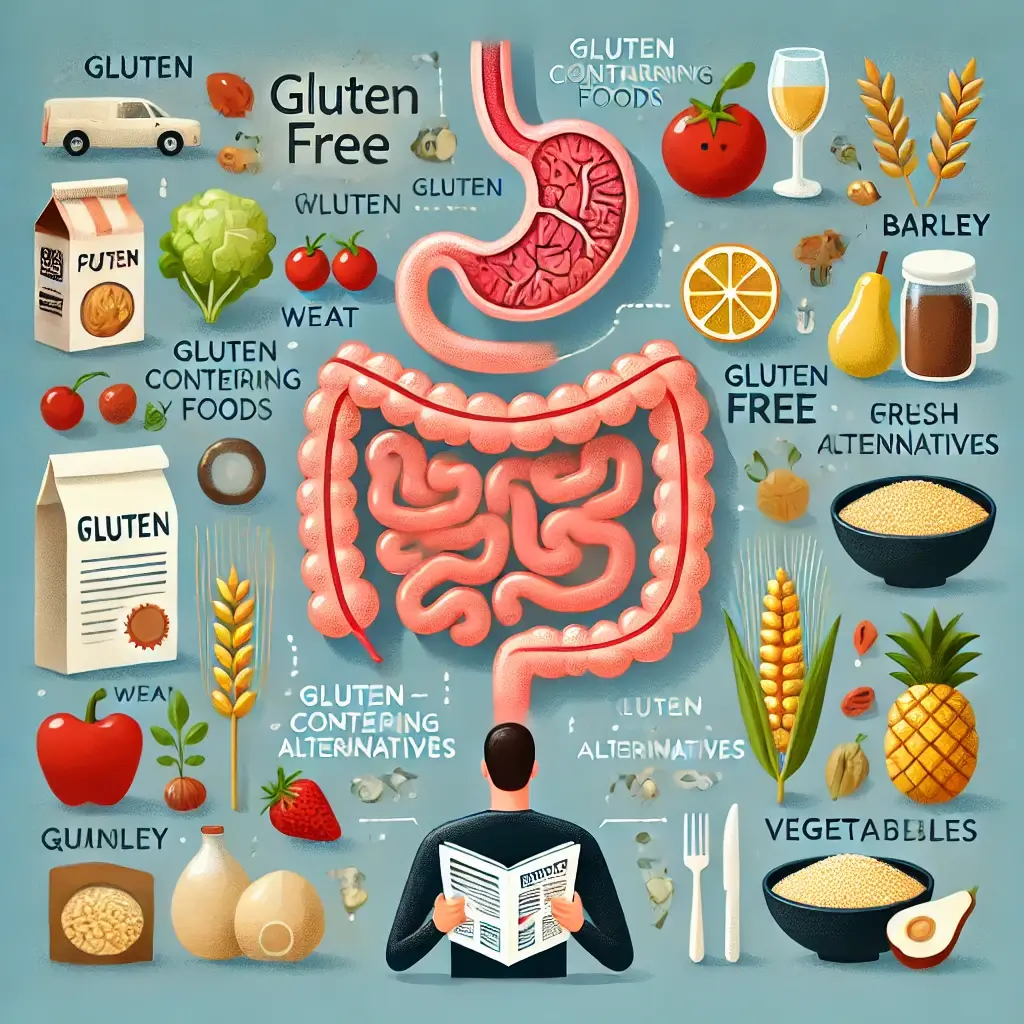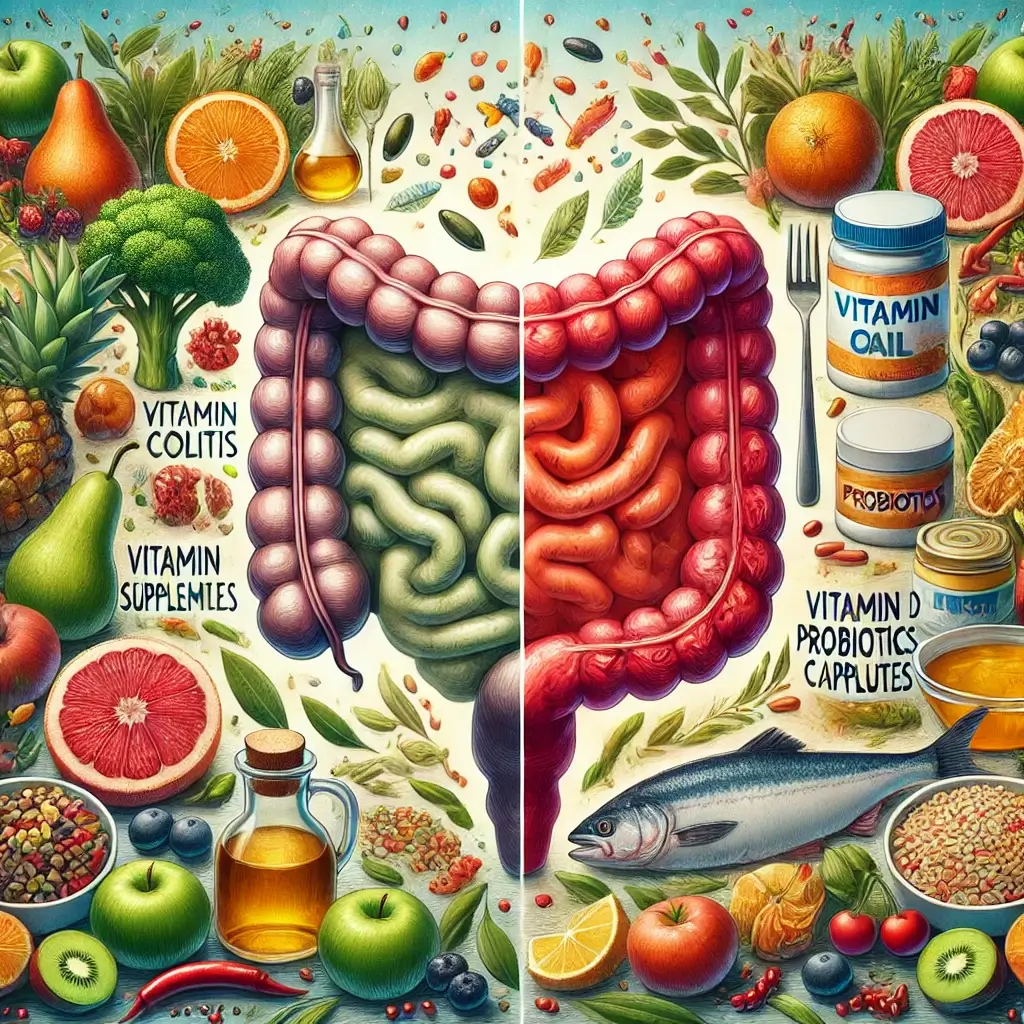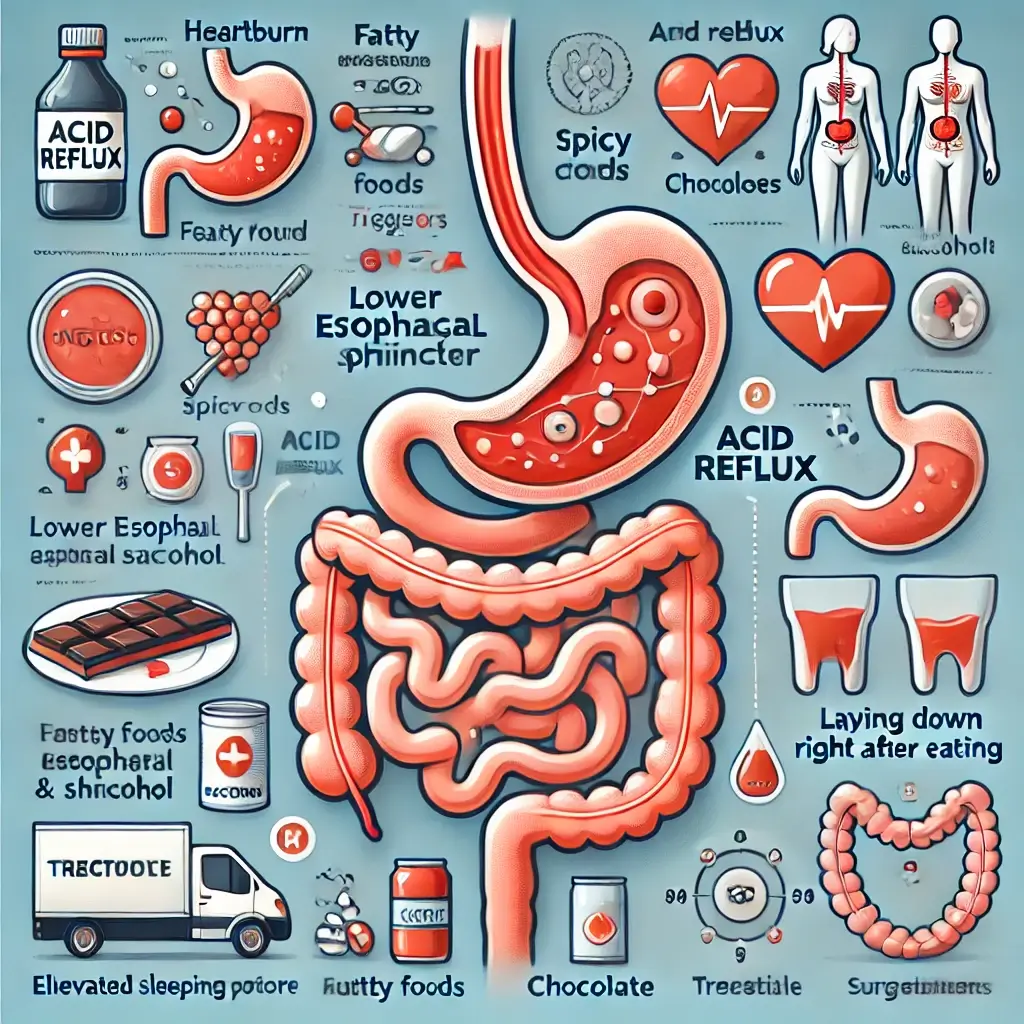Understanding Celiac Disease: Essential Facts for Better Health Outcomes
Understanding Celiac Disease and Its Impact
Celiac disease is an autoimmune disorder triggered by gluten—a protein found in wheat, barley, and rye. For those affected, consuming gluten leads to an immune response that damages the small intestine’s lining, impairing nutrient absorption and causing a range of symptoms. Globally, celiac disease affects approximately 1% of the population, though many remain undiagnosed due to its highly variable presentation (Fasano et al., 2015).
Emotional and Social Challenges
The challenges of celiac disease extend beyond physical health. Individuals often face emotional and social hurdles while adapting to a gluten-free lifestyle, which is the only effective treatment. Fortunately, advances in medical research, awareness campaigns, and dietary resources have made managing the condition more achievable.
Article Overview and Purpose
This article delves into the symptoms and diagnostic processes associated with celiac disease while offering practical tips for thriving on a gluten-free diet. Whether newly diagnosed or supporting a loved one, understanding the complexities of this condition empowers individuals to take control of their health and improve their quality of life.
Diverse Symptom Manifestation
Celiac disease symptoms can vary widely, often making diagnosis a challenge: Classic Symptoms in Children: Common signs include chronic diarrhea, abdominal bloating, vomiting, and failure to thrive. Left untreated, these symptoms can lead to growth delays and developmental issues (NIDDK, 2021). Atypical Adult Symptoms: Adults often present with less obvious signs, such as fatigue, iron-deficiency anemia, bone pain, migraines, or unexplained infertility. These non-specific symptoms frequently lead to misdiagnosis (Lebwohl et al., 2018). Silent Celiac Disease: Some individuals remain asymptomatic yet sustain intestinal damage and are at risk for complications like osteoporosis, infertility, or even intestinal lymphoma. This underscores the importance of screening in high-risk populations, including those with a family history of the disease (Catassi & Fasano, 2008). Recognizing this diversity in symptoms is key to early diagnosis and effective management.
Diagnostic Process and Confirmation
Celiac disease diagnosis involves several stages: Blood Tests: Serologic testing for tissue transglutaminase antibodies (tTG-IgA), is the first step in detecting celiac disease. Elevated levels indicate an immune response to gluten. Endoscopy and Biopsy: A definitive diagnosis requires an endoscopy, where a small camera examines the upper digestive tract, and biopsies are taken to assess damage to the small intestine. Genetic Testing: HLA-DQ2 and HLA-DQ8 genetic testing can rule out celiac disease in uncertain cases. While their presence does not confirm the disease, their absence excludes it (Fasano et al., 2015). Early diagnosis is vital to mitigate complications and initiate appropriate dietary interventions.
Managing a Gluten-Free Diet
Transitioning to a gluten-free diet is the cornerstone of managing celiac disease. However, achieving compliance requires diligence, education, and support. Dietary Fundamentals: Focus on naturally gluten-free foods such as fresh fruits, vegetables, unprocessed meats, and gluten-free grains like rice and quinoa. Certified gluten-free labels on packaged products offer reassurance. Hidden Gluten Awareness: Gluten often hides in unexpected places, including sauces, soups, medications, and even cosmetics. Thorough label reading and consulting manufacturers are crucial steps to avoid inadvertent exposure (NIDDK, 2021). Cross-Contamination Prevention: At home, separate utensils, cutting boards, and toasters can prevent gluten contamination. When dining out, clearly communicate dietary needs to restaurant staff to ensure safety. Community and Professional Support: Support groups, online forums, and consultations with dietitians specializing in celiac disease provide invaluable resources for individuals navigating this lifestyle change.
Research Progress and Innovation
Recent innovations and public health initiatives have made managing celiac disease more accessible: Improved Diagnostics: Researchers are investigating non-invasive diagnostic methods and blood biomarkers to reduce the need for biopsies (Lebwohl et al., 2018). Legislative Progress: Gluten-free labeling laws in the U.S. and Europe now ensure greater transparency, helping consumers make informed choices. Emerging Technologies: Devices like portable gluten sensors empower individuals to test foods for gluten contamination, providing added security in uncertain dining situations. These advancements, combined with increased awareness campaigns, are enhancing the lives of individuals with celiac disease.
Moving Forward with Celiac Disease
Celiac disease presents significant challenges, but with the right tools and knowledge, individuals can manage their condition effectively. Recognizing symptoms, seeking timely diagnosis, and adhering to a gluten-free lifestyle are essential steps toward improving health and quality of life. Advances in diagnostics, dietary resources, and community support continue to ease the burden, ensuring that individuals with celiac disease can thrive. For those suspecting celiac disease, consulting a healthcare provider is the first step toward understanding and managing the condition. Together, education and early intervention form the foundation for living well with celiac disease.
Academic References
Catassi, C., & Fasano, A. (2008). Celiac Disease Diagnosis: Simple Rules Are Better Than Complex Algorithms. American Journal of Medicine, 121(8), 598–599. https://doi.org/10.1016/j.amjmed.2008.01.047
Fasano, A., et al. (2015). The spectrum of celiac disease: 2012 consensus update. Gut, 63(6), 694–704.
Lebwohl, B., Sanders, D. S., & Green, P. H. R. (2018). Coeliac disease. Lancet, 391(10115), 70–81. https://doi.org/10.1016/S0140-6736(17)31796-8
National Institute of Diabetes and Digestive and Kidney Diseases. (2021, July 29). Celiac Disease. National Institutes of Health. https://www.niddk.nih.gov/health-information/digestive-diseases/celiac-disease













